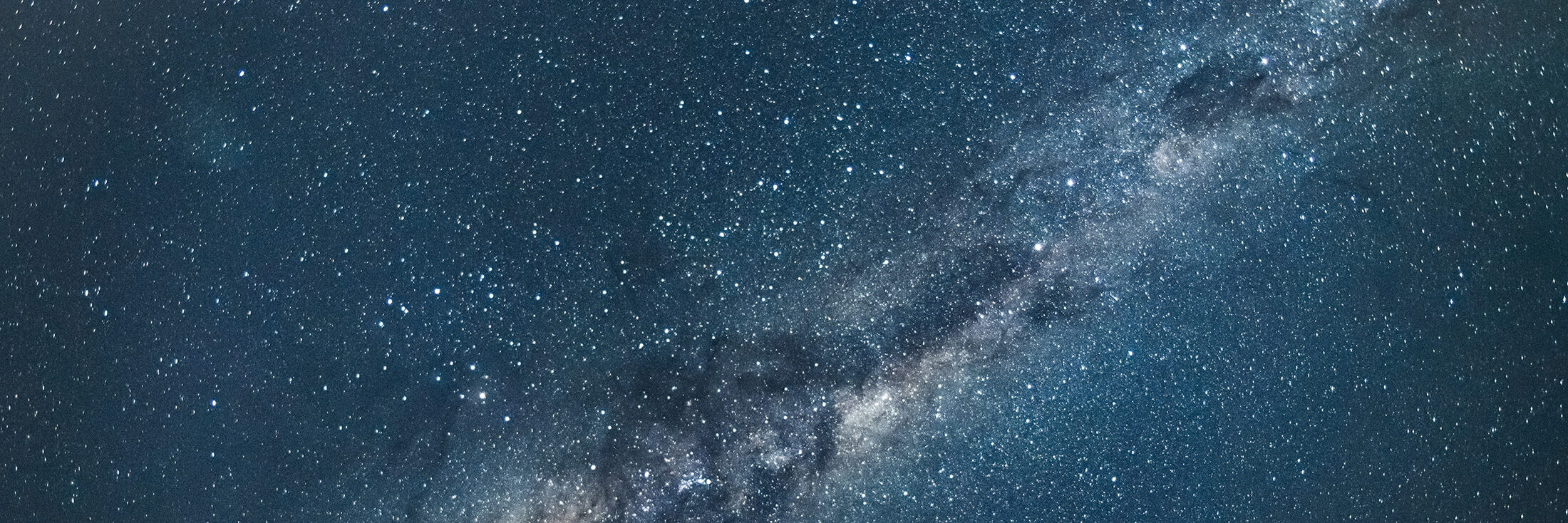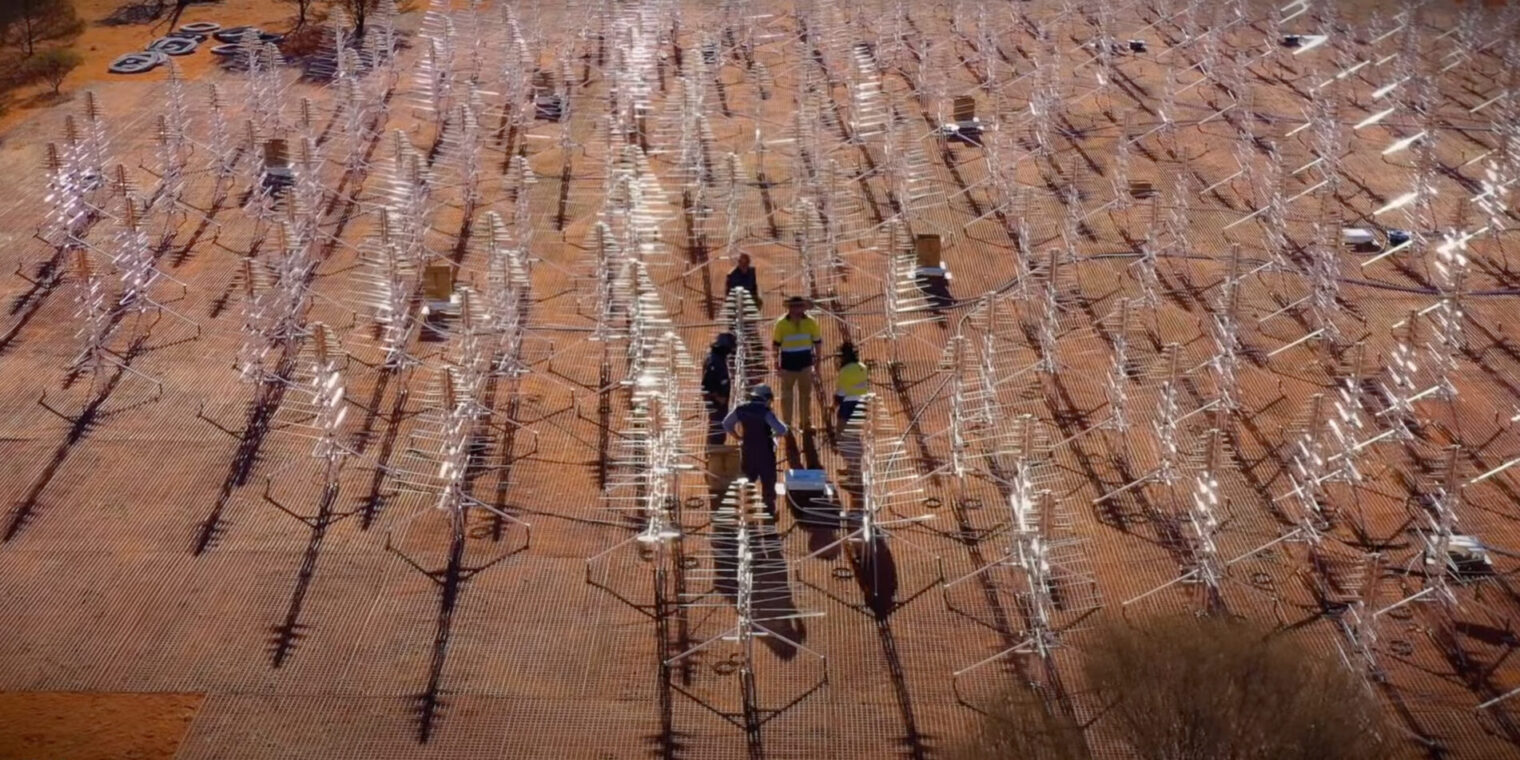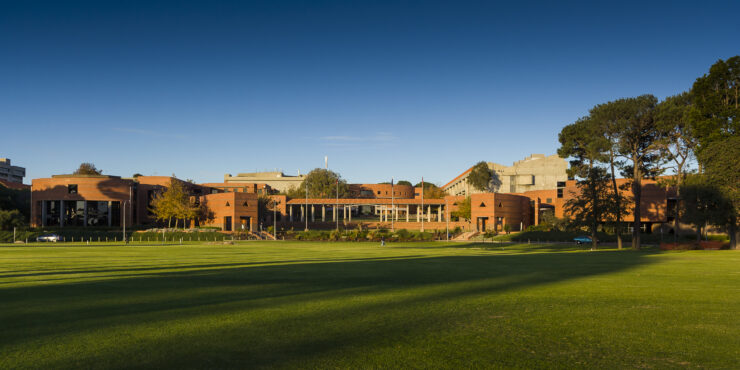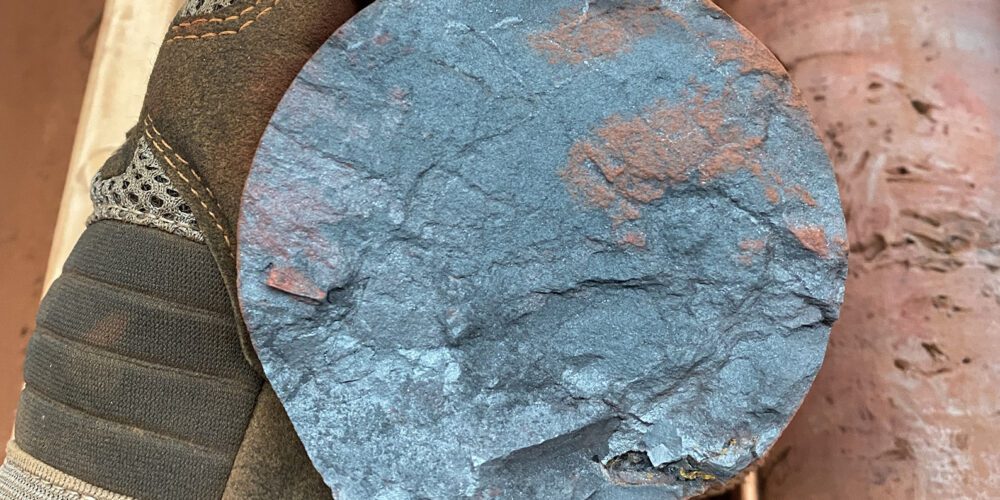Planetary exploration has the potential to drive scientific, technological and commercial innovation — and Curtin has been at the frontier of space and planetary sciences for the past 50 years.
We are the home of two large space research centres – the Space Science and Technology Centre and the Curtin Institute of Radio Astronomy – and collaborate with some of the biggest names in space research, including NASA and Lockheed Martin.
We’re also leading the Murchison Widefield Array project – a low-frequency radio telescope in remote Western Australia, which is a precursor to the Square Kilometre Array telescope –the world’s largest radio telescope.
Our strengths
Earth and planetary science
Spanning a range disciplines, our planetary science teams are delving into the past, present and future of our planet and solar system. Curtin’s Earth Dynamics Research Group is focusing on the distribution, evolution and processes of Earth’s tectonic plates and their relevance to Earth resources and environments.
The Western Australian Geodesy Group is using advanced instrumentation and computer software to develop high-resolution gravity field models of the Moon and Mars, making them freely available for science and education.
Curtin’s Global Navigation Satellite Systems Research Centre is developing theory, models, methods and algorithms that will enable the next generation of Global Navigation Satellite Systems to meet tomorrow’s geospatial information needs in the Earth, atmospheric and space sciences.
Learn more:
Innovative technologies
Our Binar Cubesat Program, named after the Nyungar word for ‘shooting star’, aims to launch Australia’s first home-grown constellation of satellites in space. The Curtin team is engineering all systems for the satellite operation, including power, computing, steering and communication systems.
Part of the Australian Remote Operations for Space and Earth (AROSE) consortium, our planetary scientists are collaborating to develop technology that enables remote operations, from controlling vehicles on mine sites to managing life support equipment on Mars.
Adjacent to the Curtin Perth campus, the Pawsey Supercomputing Centre at Technology Park offers a range data visualisation, simulation and supercomputing capabilities to develop, model and implement solutions to future challenges in the space industry.
Learn more:
Radio astronomy
The Curtin Institute of Radio Astronomy is developing, maintaining and operating the Murchison Widefield Array (MWA) — a ground breaking low-frequency radio telescope. The MWA has been used to shed new light on the evolution of Earth’s ionosphere and identify more than 300,000 new radio galaxies.
The Square Kilometre Array (SKA) project aims to build the world’s largest radio telescope, with a collecting area of up to a million square metres. Curtin is partnering with CSIRO and The University of Western Australia to construct the array’s Australian-based component.
Learn more:
Space missions
Curtin researchers are using their expertise to contribute current space missions. Professor Phil Bland will be one of the first researchers in the world to analyse the samples collected by NASA’s spacecraft OSIRIS-Rex from the asteroid 101955 Bennu. He will also be among those studying the elemental composition of the surface of Mercury, based on detailed maps produced from the European Space Agency and Japanese Aerospace Exploration Agency’s BepiColombo mission.
Curtin’s Dr Katarina Miljkovic is the only Australian researcher contributing to NASA’s Mars Insight mission to place a geophysical station on Mars to study its crust and interior. She will model and study the interaction of meteor impacts with the Martian surface.
Learn more:
Space situational awareness
Partnering with Lockheed Martin Space Systems on the FireOPAL project, we’re using ground-based sensors to track space debris and satellites in orbit, helping to preserve the space environment over Australia and reduce the risk of collisions.
Our Desert Fireball Network is a network of autonomous digital observatories across Australia that’s tracking meteorites and fireballs and determining their pre-entry orbits and fall positions for recovery. The project is expanding to become the Global Fireball Observatory, with stations in the USA, UK, Canada, Morocco and Saudi Arabia to locate meteorites across an area greater than 20 million square kilometres.
Learn more:
Key people

Professor Melanie Johnston-Hollitt
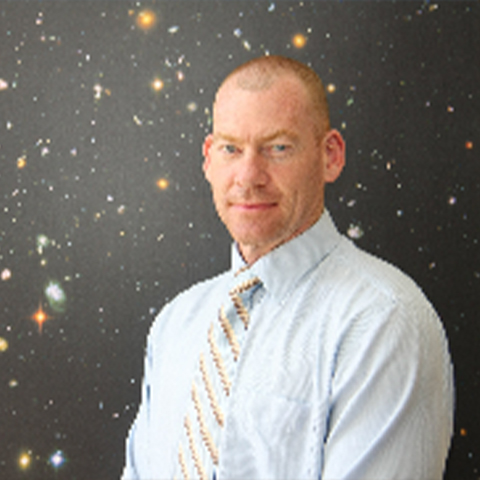
John Curtin Distinguished Professor Steven Tingay
DISCIPLINES
Astronomy, Astrophysics, Data processing, Electrical Engineering, High-performance computing, Telescopes.
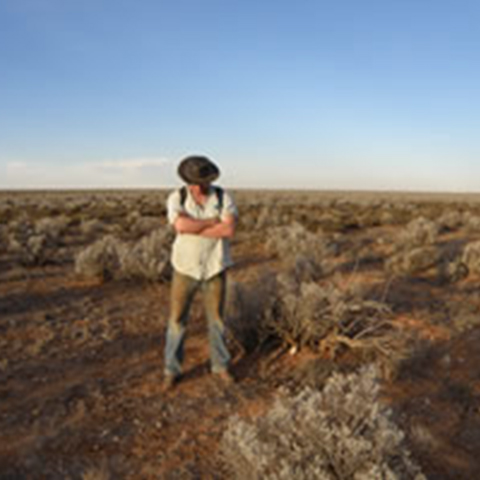
John Curtin Distinguished Professor Professor Phil Bland
DISCIPLINES
Using primitive meteorites to explore the origin and early evolution of the Solar System; Understanding asteroid and cometary impacts, and the impact rate.
